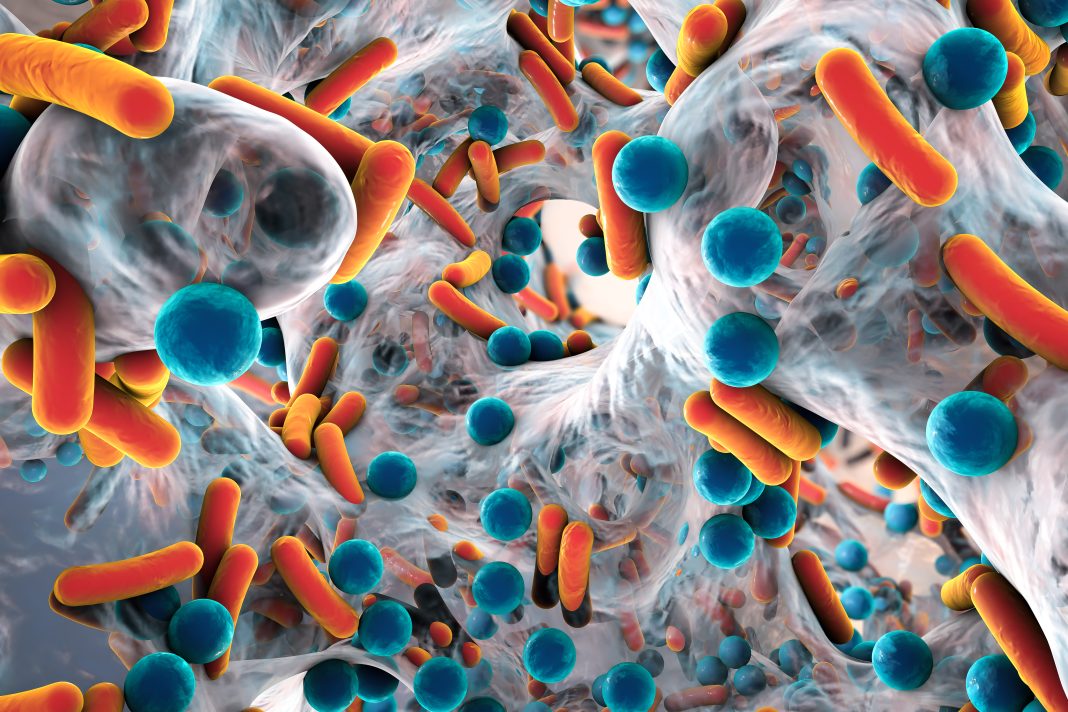Researchers from Harvard University and elsewhere have created a synthetic antibiotic that is highly effective against antimicrobial resistance mechanisms that have stumped many modern antibiotics. Details of the design, synthesis, and evaluation of the antibiotic are provided in a new Science paper titled, “An antibiotic preorganized for ribosomal binding overcomes antimicrobial resistance.”
The antibiotic, dubbed cresomycin, was designed using a method called component-based synthesis, an approach that involves pre-building parts of compounds and then assembling them. According to its creators, cresomycin “exhibits in vitro and in vivo efficacy against both Gram-positive and Gram-negative bacteria, including multidrug-resistant strains of Staphylococcus aureus, Escherichia coli, and Pseudomonas aeruginosa.”
It is one of several promising compounds developed by the Harvard team, led by Andrew Myers, PhD, a Harvard professor of chemistry and chemical biology and senior author on the paper, and their collaborators. They plan to continue advancing these compounds through preclinical profiling studies, supported by a $1.2 million grant from Combating Antibiotic-Resistant Bacteria Biopharmaceutical Accelerator (CARB-X), a Boston University-based global nonprofit partnership that supports early-stage antibacterial research and development.
The scientists drew design inspiration for their compound from the chemical structures of lincosamides, a class of antibiotics that includes clindamycin, which is used to treat a wide range of infections including septicemia and gynecological infections. Unlike this class of antibiotics which are made by modifying complex products isolated from nature, Harvard’s compound is fully synthetic with novel chemical modifications.
Key to the new molecule’s success is its improved ability to bind to bacterial ribosomes. Many antibiotics kill bacteria by disrupting ribosomal function. However, some superbugs have evolved shielding mechanisms that protect them from these effects. Specifically, bacteria can express genes that produce enzymes called ribosomal RNA methyltransferases. They work by boxing out the drug components that typically bind to and disrupt the ribosome thus hindering the antibiotic’s activity.
To get around these mechanisms, the scientists engineered their compound to closely resemble its target so that it could bind much more tightly. Using component-based synthesis, which was also pioneered by Myers’ lab, the scientists could make and test hundreds of target molecules to find the right fit. The researchers call their drug “pre-organized” for ribosomal binding because it doesn’t need to expend as much energy conforming to its target as existing drugs.
“While we don’t yet know whether cresomycin and drugs like it are safe and effective in humans, our results show significantly improved inhibitory activity against a long list of pathogenic bacterial strains that kill more than a million people every year, compared with clinically approved antibiotics,” Myers said.


